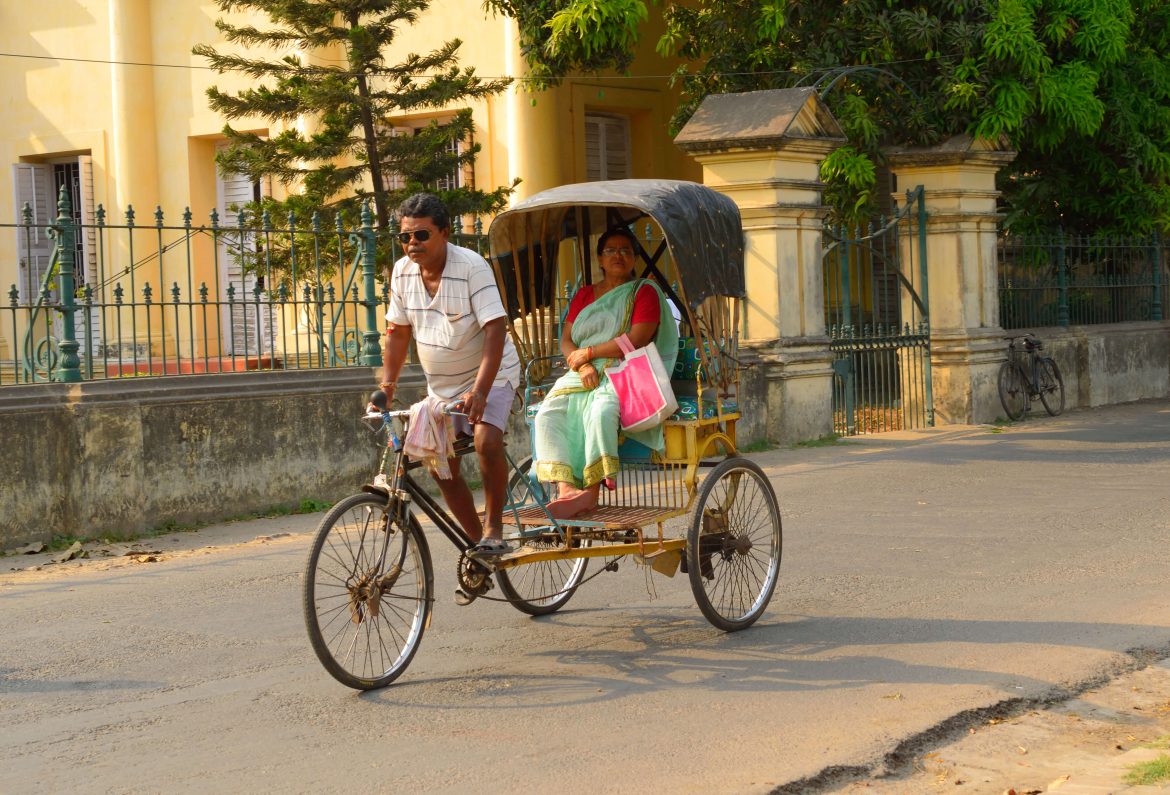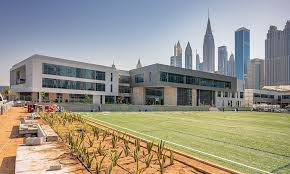In the bustling city of Mumbai, where traffic congestion and overcrowded public transportation are everyday challenges, ride-hailing companies like Ola and Uber have emerged as significant players in the urban mobility landscape. Leveraging data science course knowledge and advanced analytics, these companies are revolutionising public transportation by offering convenient, efficient, and affordable mobility solutions. In this article, we explore how Ola and Uber are optimising public transportation in Mumbai through a data-driven approach and the impact of their initiatives on urban mobility.
The Emergence of Ride-Hailing Companies
In recent years, ride-hailing companies like Ola and Uber have gained widespread popularity in Mumbai, offering commuters an alternative to traditional modes of transportation. With their user-friendly mobile apps, competitive pricing, and availability of diverse vehicle options, these companies have quickly become the preferred choice for many Mumbaikars seeking convenient and reliable transportation solutions. Moreover, Ola and Uber’s extensive network of drivers and vehicles has helped alleviate the burden on the city’s overcrowded public transportation system.
Harnessing Data Science for Route Optimisation
One of the key ways in which Ola and Uber are optimising public transportation in Mumbai is through data-driven route optimisation. By leveraging data science algorithms and machine learning models, these companies analyse historical trip data, traffic patterns, and passenger demand to optimise driver routes and minimise wait times for passengers. Real-time data analytics enable Ola and Uber to dynamically adjust their service areas and pricing strategies based on fluctuating demand and traffic conditions, ensuring efficient allocation of resources.
Dynamic Pricing and Incentive Mechanisms
Dynamic pricing is another data-driven course strategy employed by Ola and Uber to optimise public transportation in Mumbai. During periods of high demand or traffic congestion, fares are automatically adjusted to incentivise drivers to operate in areas with high demand or during peak hours. Conversely, lower fares are offered during off-peak times to encourage ridership and reduce congestion. By dynamically adjusting fares based on supply and demand dynamics, Ola and Uber effectively balance passenger demand and driver availability, maximising the utilisation of vehicles and minimising passenger wait times.
Integration with Public Transit Systems
Ola and Uber have also recognised the importance of integrating with existing public transit systems to offer seamless multimodal transportation solutions. In Mumbai, both companies have introduced features that allow users to seamlessly combine rideshare services with local trains, buses, and metro services. By providing real-time information on transit options, fares, and estimated travel times, Ola and Uber enable passengers to make informed decisions and optimise their travel routes, reducing reliance on private vehicles and alleviating congestion on city roads.
Promoting Shared Mobility and Pooling Services
Shared mobility and pooling services are integral components of Ola and Uber’s efforts to optimise public transportation in Mumbai. Through features like Ola Share and UberPool, passengers can share rides with others travelling along similar routes, reducing the number of vehicles on the road and decreasing overall travel time. By promoting shared mobility, Ola and Uber not only contribute to reducing traffic congestion but also offer more affordable transportation options to passengers, particularly during peak hours.
Sustainability and Environmental Impact
In addition to improving transportation efficiency, Ola and Uber are also committed to sustainability and reducing their environmental footprint. Both companies have introduced initiatives to promote the use of electric and hybrid vehicles in their fleets, as well as incentivising drivers to adopt eco-friendly driving practices. By transitioning towards cleaner and more sustainable modes of transportation, Ola and Uber contribute to reducing air pollution and curbing the environmental impact of urban mobility in Mumbai.
Future Directions and Challenges
Looking ahead, Ola and Uber continue to explore innovative ways to optimise public transportation in Mumbai and address the evolving needs of commuters. However, several challenges remain, including regulatory hurdles, infrastructure limitations, and competition from traditional modes of transportation. Nevertheless, with their staff equipped with data science course knowledge, technological innovation, and commitment to customer satisfaction, Ola and Uber are well-positioned to play a significant role in shaping the future of urban mobility in Mumbai and beyond.
Conclusion
In conclusion, Ola and Uber’s data-driven approach to public transportation optimisation represents a paradigm shift in urban mobility, offering commuters in Mumbai a convenient, efficient, and sustainable alternative to various traditional modes of transportation. By harnessing the power of a well-designed data science course in Mumbai, these companies are transforming the way people move around the city, improving accessibility, reducing congestion, and enhancing the overall quality of life for Mumbaikars. As they continue to innovate and expand their services, Ola and Uber are poised to play a central role in shaping the future of transportation in Mumbai and other urban centres around the world.
Business Name: ExcelR- Data Science, Data Analytics, Business Analyst Course Training Mumbai
Address: Unit no. 302, 03rd Floor, Ashok Premises, Old Nagardas Rd, Nicolas Wadi Rd, Mogra Village, Gundavali Gaothan, Andheri E, Mumbai, Maharashtra 400069, Phone: 09108238354, Email: enquiry@excelr.com



